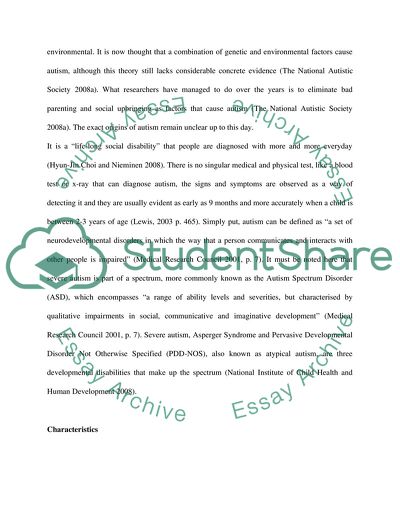Cite this document
(Autism: The Needs of Children and Families Research Paper, n.d.)
Autism: The Needs of Children and Families Research Paper. Retrieved from https://studentshare.org/health-sciences-medicine/1720704-autism-the-needs-of-children-and-families
Autism: The Needs of Children and Families Research Paper. Retrieved from https://studentshare.org/health-sciences-medicine/1720704-autism-the-needs-of-children-and-families
(Autism: The Needs of Children and Families Research Paper)
Autism: The Needs of Children and Families Research Paper. https://studentshare.org/health-sciences-medicine/1720704-autism-the-needs-of-children-and-families.
Autism: The Needs of Children and Families Research Paper. https://studentshare.org/health-sciences-medicine/1720704-autism-the-needs-of-children-and-families.
“Autism: The Needs of Children and Families Research Paper”, n.d. https://studentshare.org/health-sciences-medicine/1720704-autism-the-needs-of-children-and-families.


